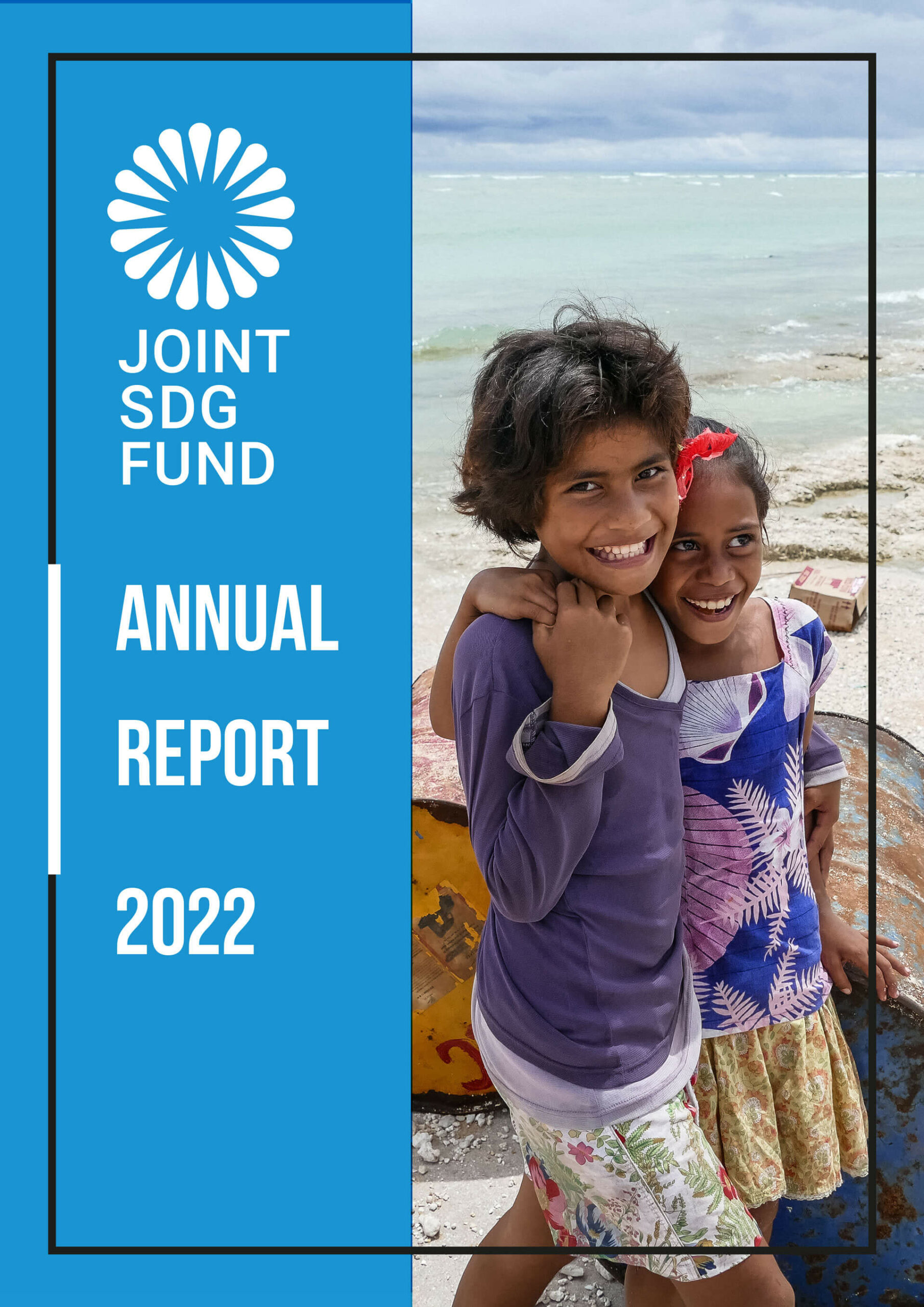
Goal 2 Zero hunger
End hunger, achieve food security and improved nutrition and promote sustainable agriculture
Rapid economic growth and increased agricultural productivity over the past two decades has seen the proportion of undernourished people drop by almost half.
Many developing countries that used to suffer from famine and hunger can now meet the nutritional needs of the most vulnerable. Central and East Asia, Latin America and the Caribbean have all made huge progress in eradicating extreme hunger.
These are all significant achievements in reaching the targets set out by the first Millennium Development Goals. Unfortunately, extreme hunger and malnutrition remain a huge barrier to development in many countries. 795 million people are estimated to be chronically undernourished as of 2014, often as a direct consequence of environmental degradation, drought and loss of biodiversity. Over 90 million children under the age of five are dangerously underweight. And one person in every four still goes hungry in Africa.
The Sustainable Development Goals (SDGs) aim to end all forms of hunger and malnutrition by 2030, making sure all people – especially children and the more vulnerable – have access to sufficient and nutritious food all year round. This involves promoting sustainable agricultural practices: improving the livelihoods and capacities of small scale famers, allowing equal access to land, technology and markets. It also requires international cooperation to ensure investment in infrastructure and technology to improve agricultural productivity.
Together with the other goals set out here, we can end hunger by 2030.
Zero Hunger is one of 17 Global Goals that make up the 2030 Agenda for Sustainable Development. An integrated approach is crucial for progress across the multiple goals.
Learn more about the targets for Goal 2.
Hunger
- Current estimates are that nearly 690 million people are hungry, or 8.9 percent of the world population – up by 10 million people in one year and by nearly 60 million in five years.
- The majority of the world’s undernourished – 381 million – are still found in Asia. More than 250 million live in Africa, where the number of undernourished is growing faster than anywhere in the world.
- In 2019, close to 750 million – or nearly one in ten people in the world – were exposed to severe levels of food insecurity.
- An estimated 2 billion people in the world did not have regular access to safe, nutritious and sufficient food in 2019.
- If recent trends continue, the number of people affected by hunger will surpass 840 million by 2030, or 9.8 percent of the global population.
- 144 million children under age 5 were affected by stunting in 2019, with three quarters living in Southern Asia and sub-Saharan Africa.
- In 2019, 6.9 per cent (or 47 million) children under 5 were affected by wasting, or acute undernutrition, a condition caused by limited nutrient intake and infection.
- By 2030, end hunger and ensure access by all people, in particular the poor and people in vulnerable situations, including infants, to safe, nutritious and sufficient food all year round
- By 2030, end all forms of malnutrition, including achieving, by 2025, the internationally agreed targets on stunting and wasting in children under 5 years of age, and address the nutritional needs of adolescent girls, pregnant and lactating women and older persons
- By 2030, double the agricultural productivity and incomes of small-scale food producers, in particular women, indigenous peoples, family farmers, pastoralists and fishers, including through secure and equal access to land, other productive resources and inputs, knowledge, financial services, markets and opportunities for value addition and non-farm employment
- By 2030, ensure sustainable food production systems and implement resilient agricultural practices that increase productivity and production, that help maintain ecosystems, that strengthen capacity for adaptation to climate change, extreme weather, drought, flooding and other disasters and that progressively improve land and soil quality
- By 2020, maintain the genetic diversity of seeds, cultivated plants and farmed and domesticated animals and their related wild species, including through soundly managed and diversified seed and plant banks at the national, regional and international levels, and promote access to and fair and equitable sharing of benefits arising from the utilization of genetic resources and associated traditional knowledge, as internationally agreed
- Increase investment, including through enhanced international cooperation, in rural infrastructure, agricultural research and extension services, technology development and plant and livestock gene banks in order to enhance agricultural productive capacity in developing countries, in particular least developed countries
- Correct and prevent trade restrictions and distortions in world agricultural markets, including through the parallel elimination of all forms of agricultural export subsidies and all export measures with equivalent effect, in accordance with the mandate of the Doha Development Round
- Adopt measures to ensure the proper functioning of food commodity markets and their derivatives and facilitate timely access to market information, including on food reserves, in order to help limit extreme food price volatility



















